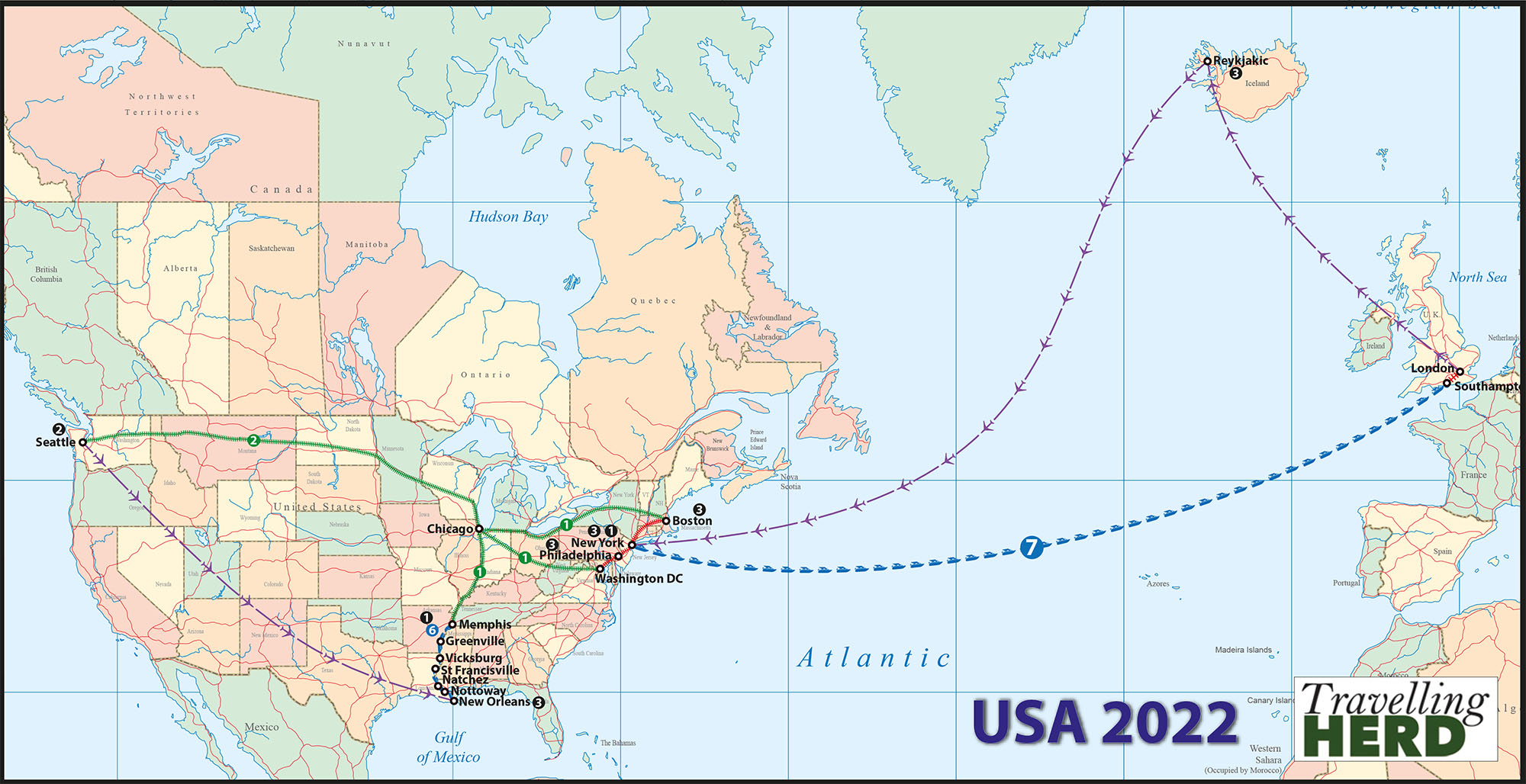Sunday 28th May 2022
Robert realised that Washington adjoins two other states and that by doing a little extra travelling during the day we could add these onto our US state map on the beenApp.
First we took the Metro to Alexandria Old Town in Virginia.
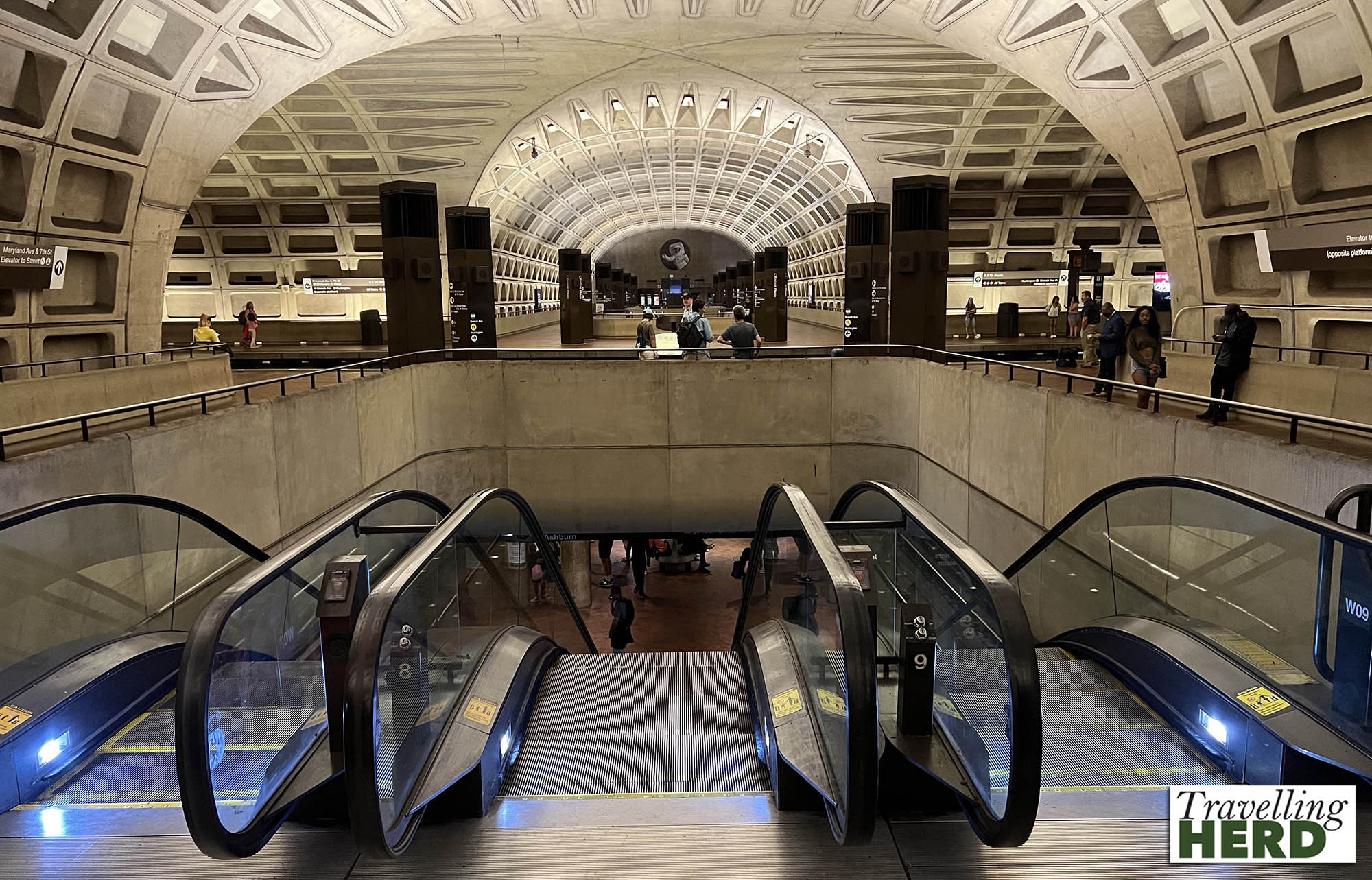
King Street leads straight down to the harbour.
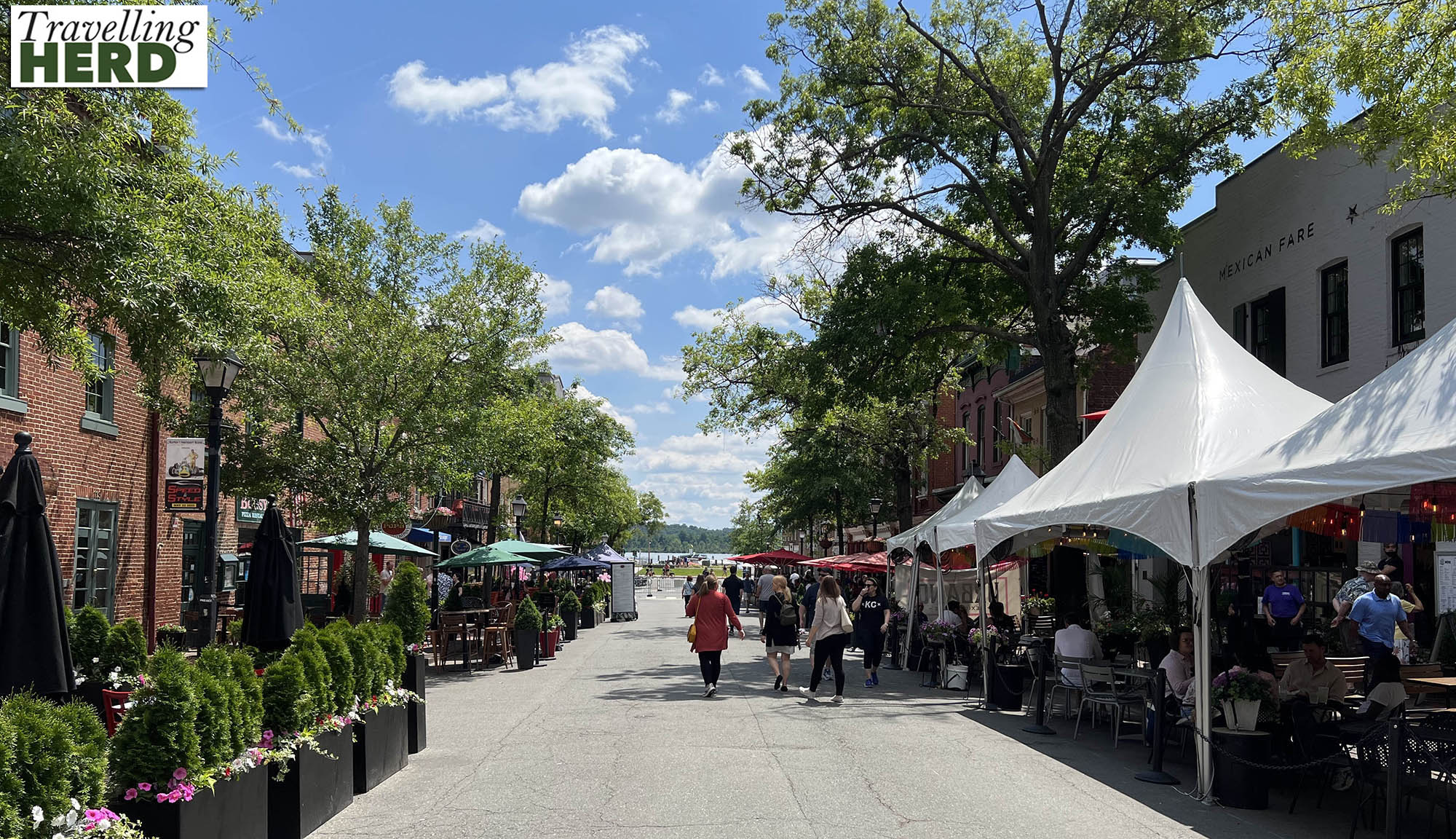
This is quite like parts of Boston and is reminiscent of an English town with graceful Georgian properties and tree lined streets.
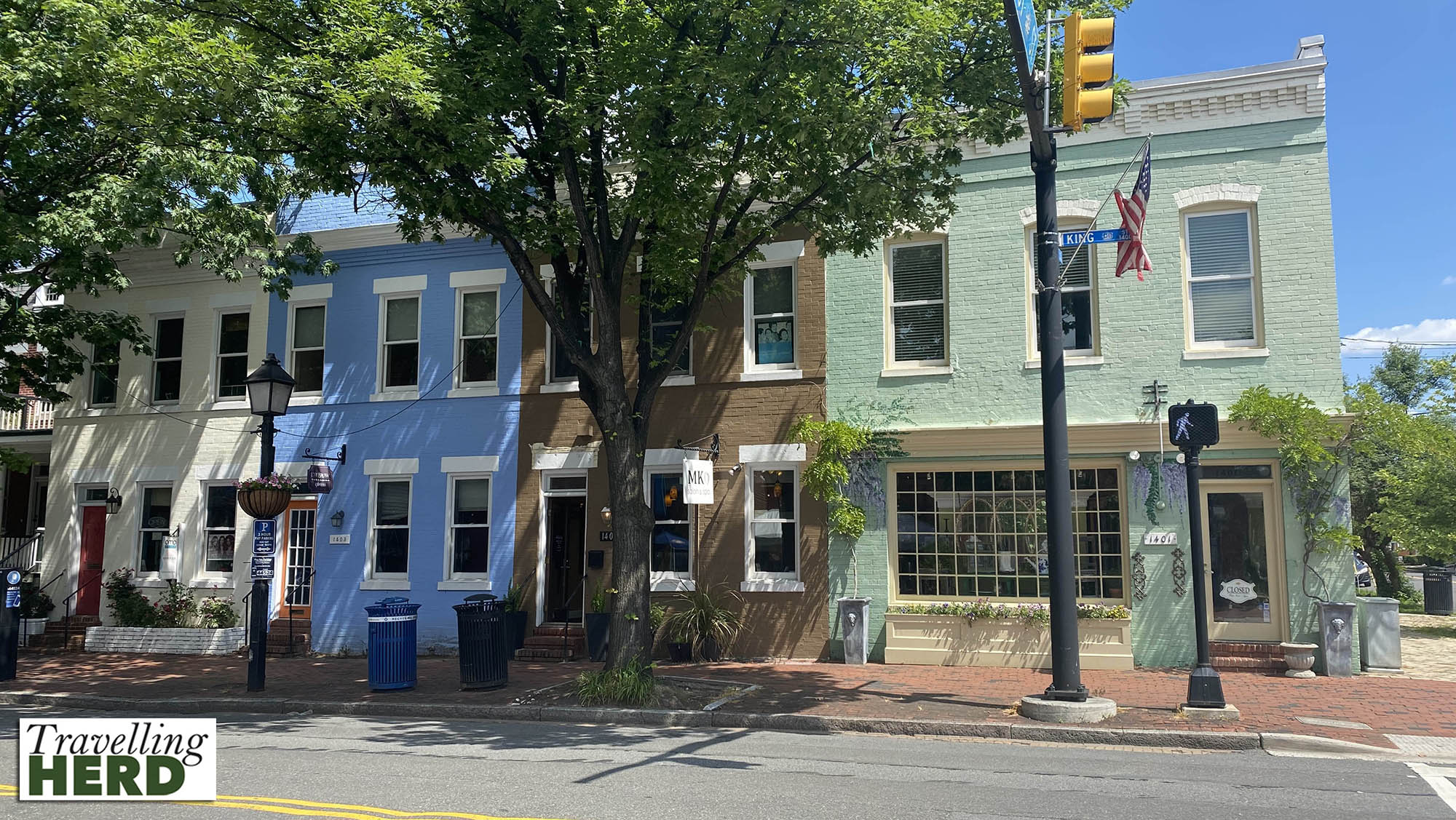
Down by the harbour there are several Art Deco buildings which have been given a new lease of life.
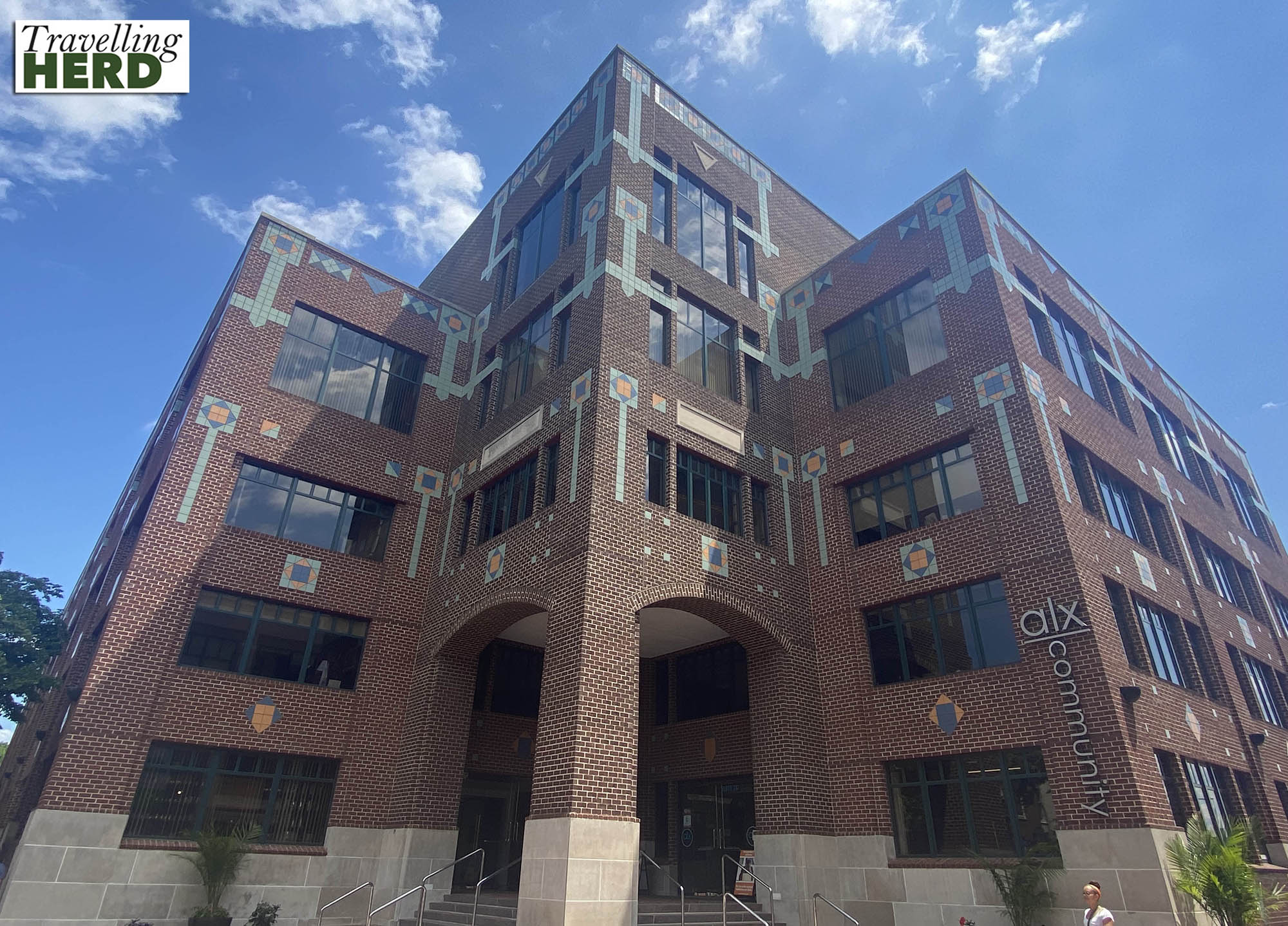
This torpedo factory is now serving the community as an art centre.
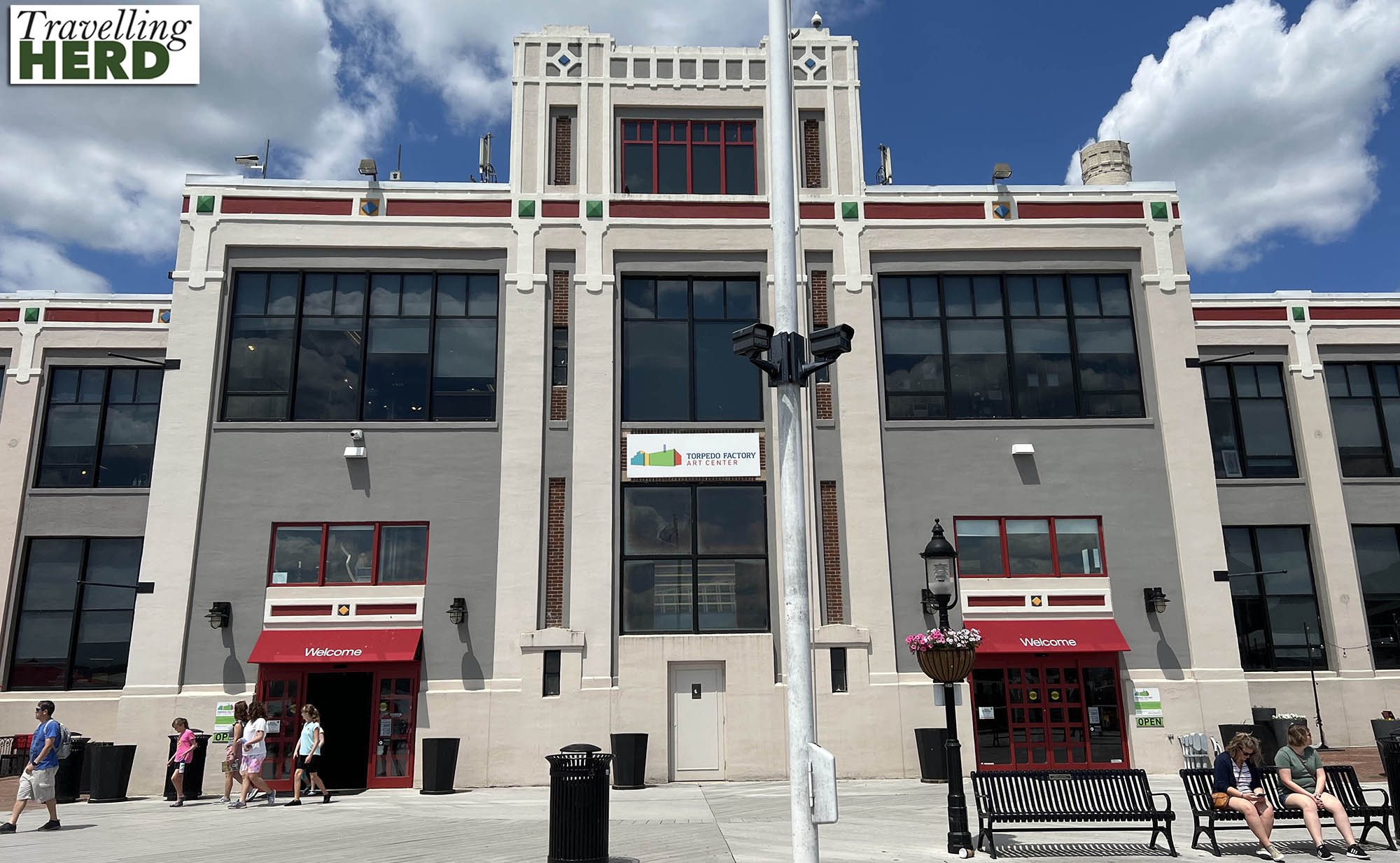
As public transport was running a holiday service there were some long gaps between connections. Therefore, in order for us to achieve our footfall in another state, we ordered an Über to take us over the Woodrow Wilson Memorial Bridge across the Potomac River to National Harbor in Maryland where. . .
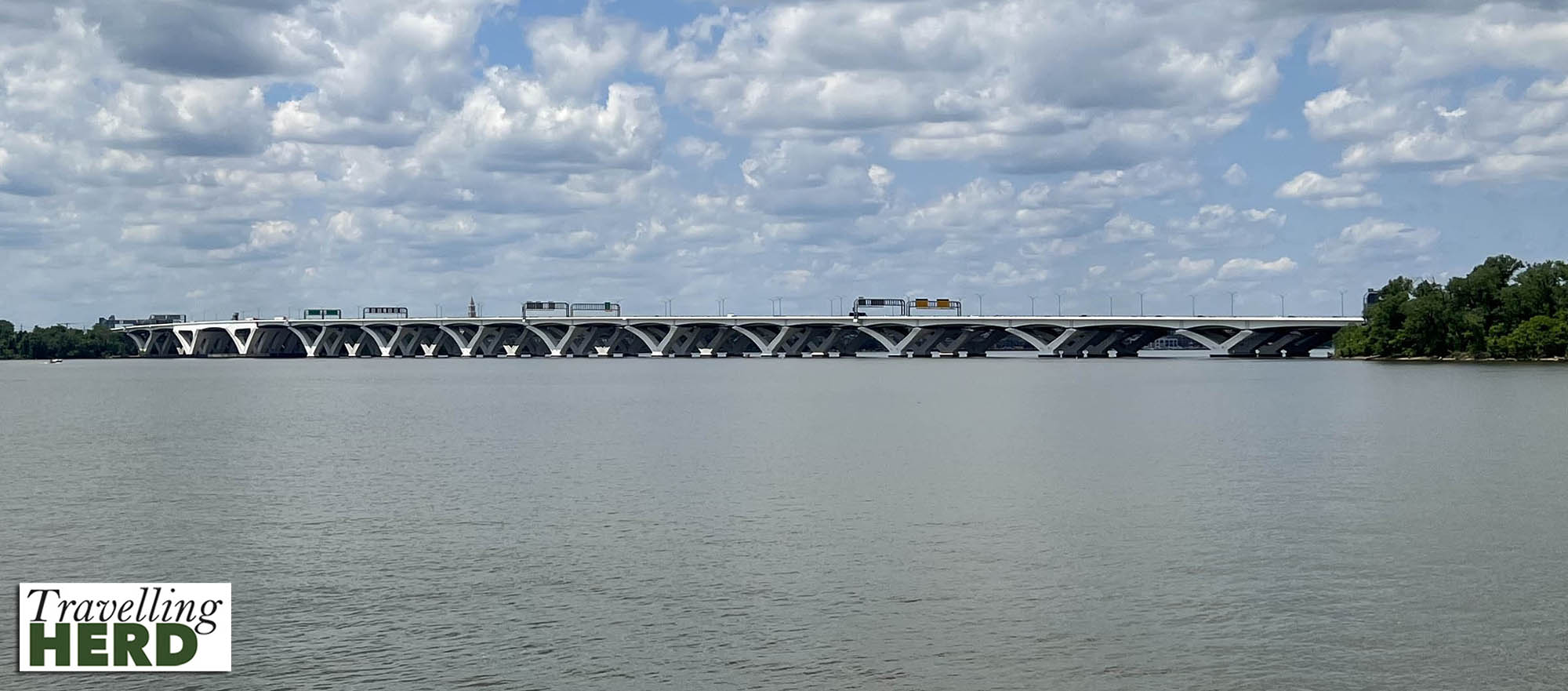
. . . The Awakening – a 72-foot statue by J. Seward Johnson Jr. of a giant – lies buried in the sand, struggling to free himself.
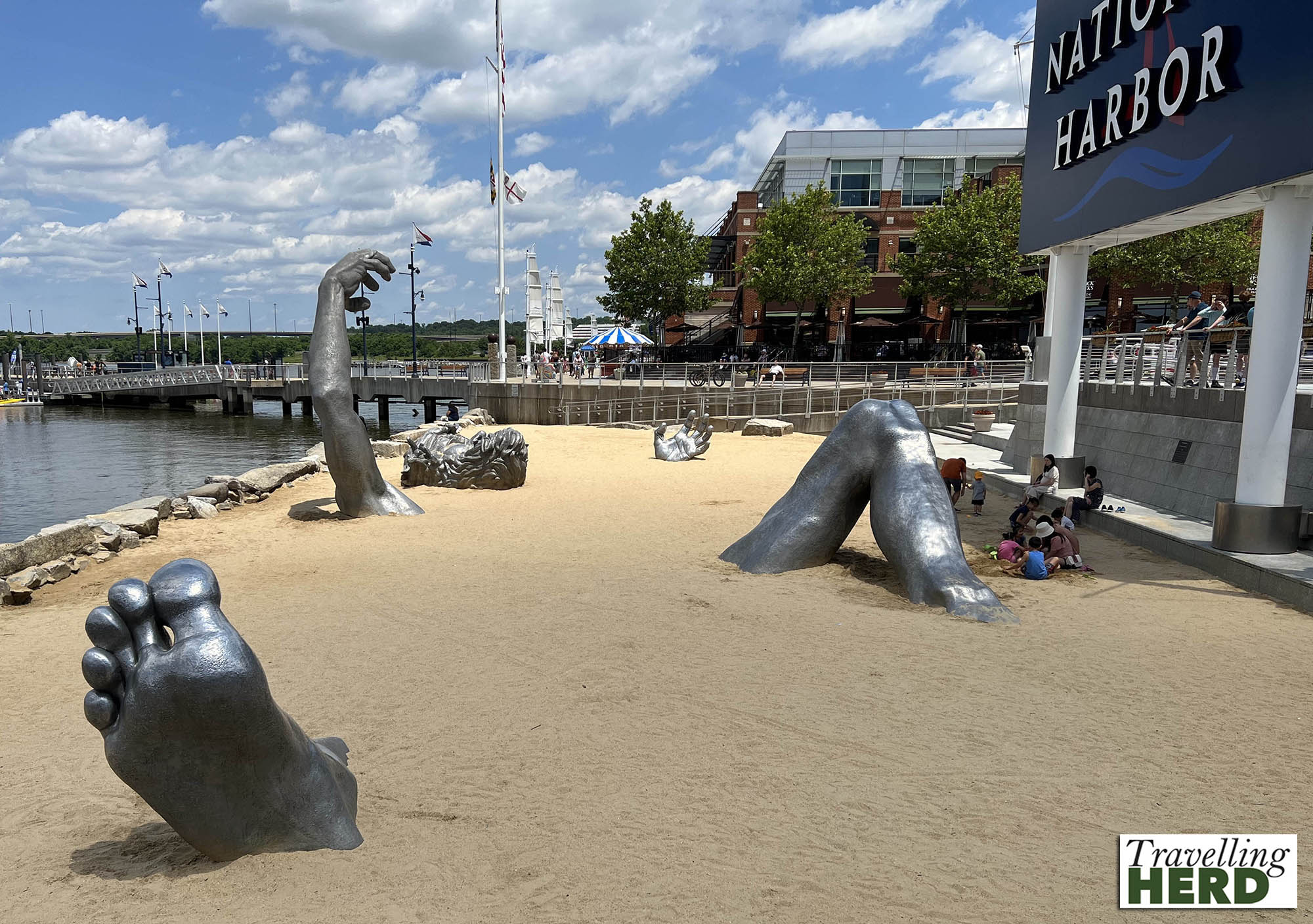
From National Harbor, we then took a boat trip on the Potomac River.
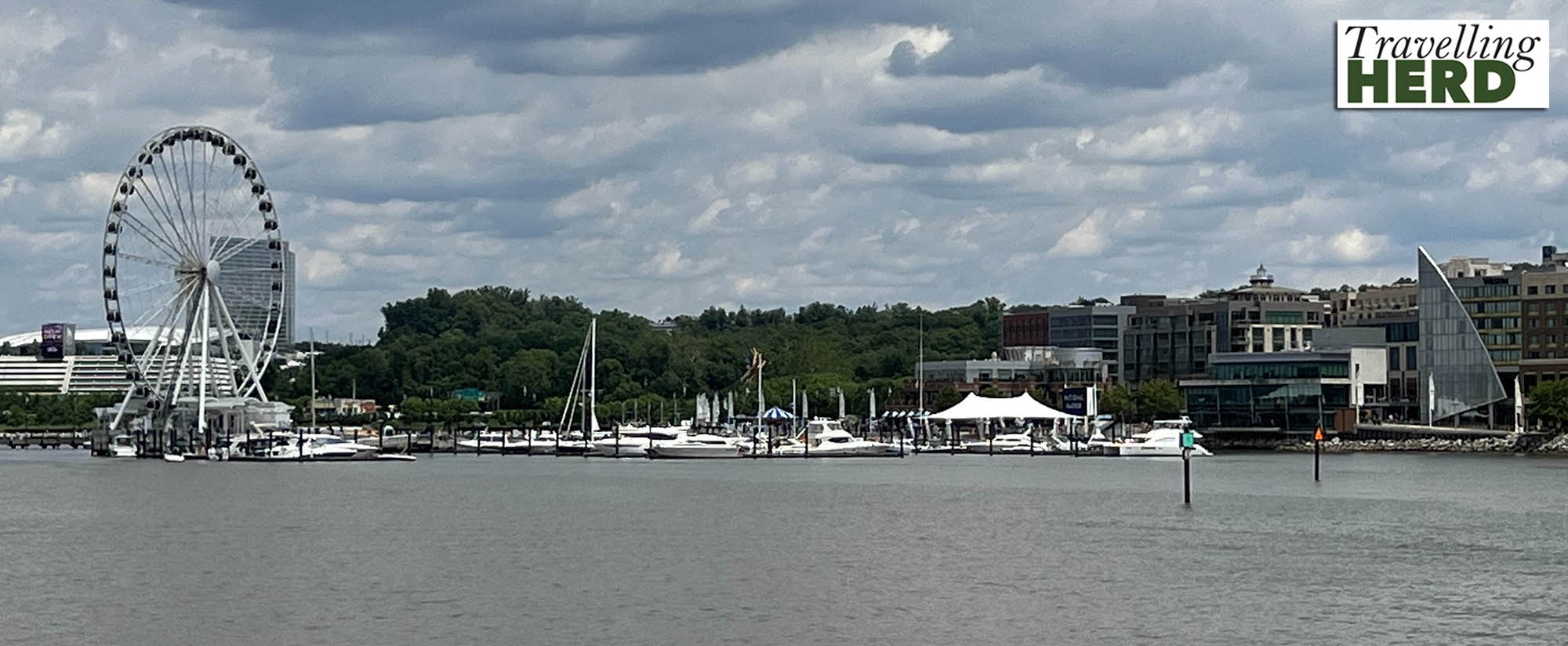
This took us under the Woodrow Wilson Memorial Bridge. . .
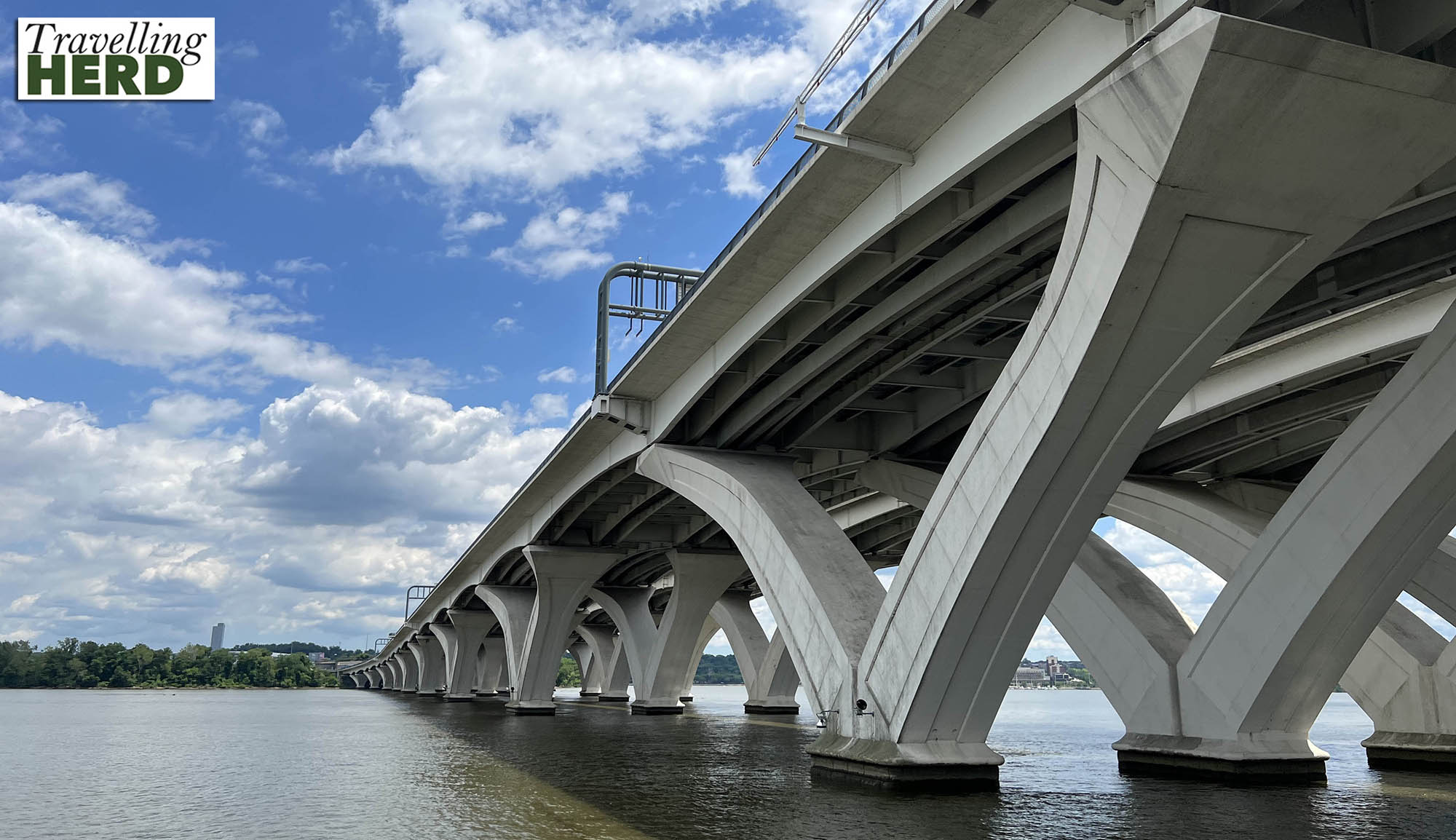
. . . and via Alexandria which we had already briefly visited. . .
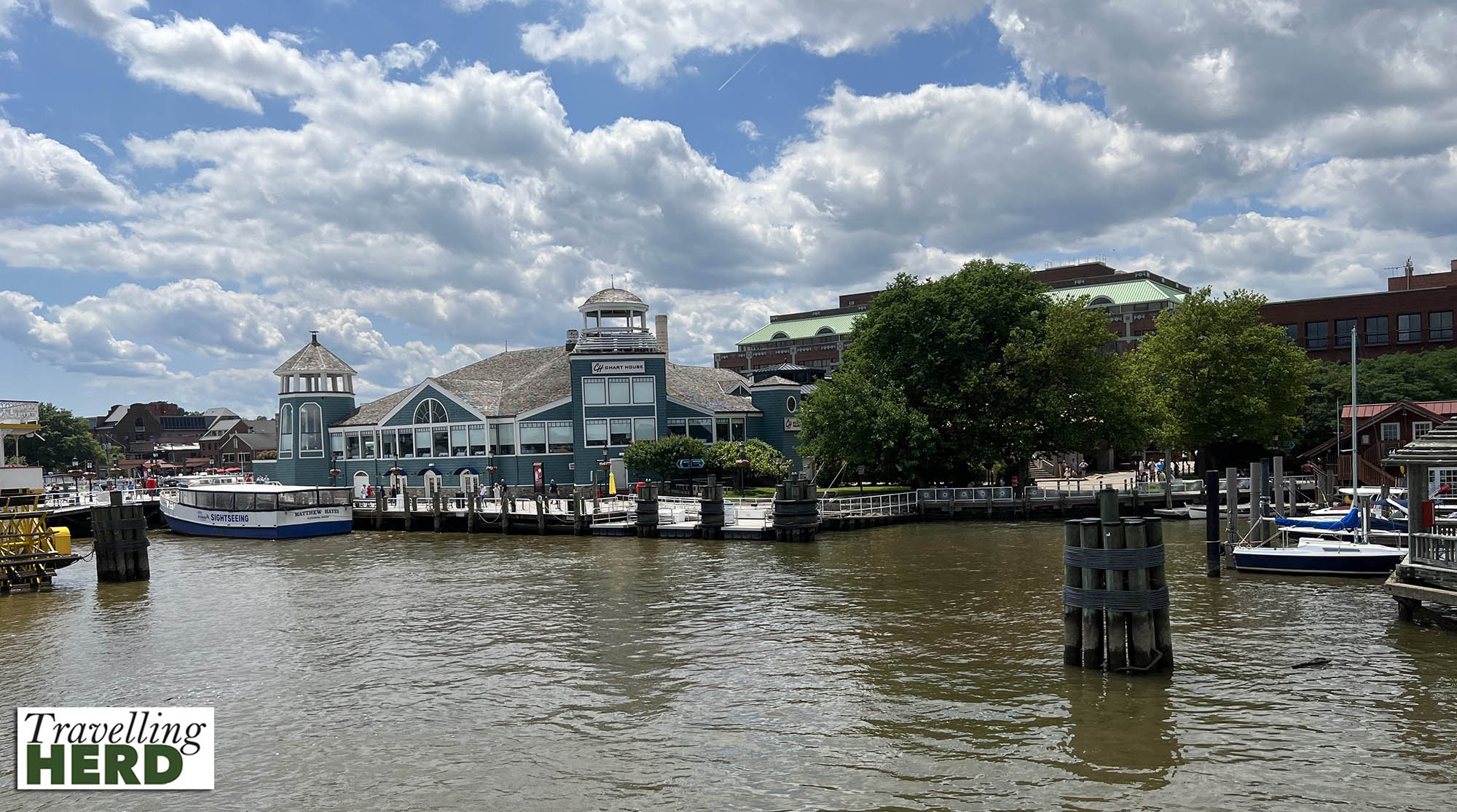
. . . along the river
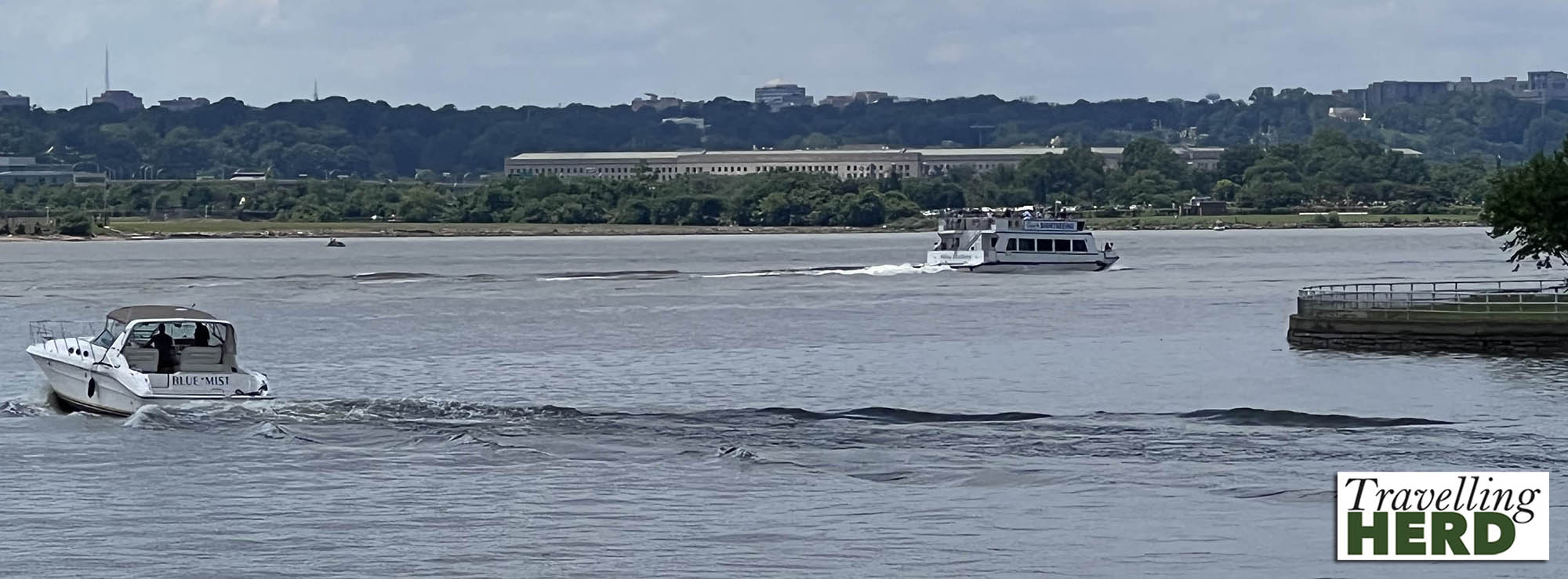
. . . to The Wharf in Washington.
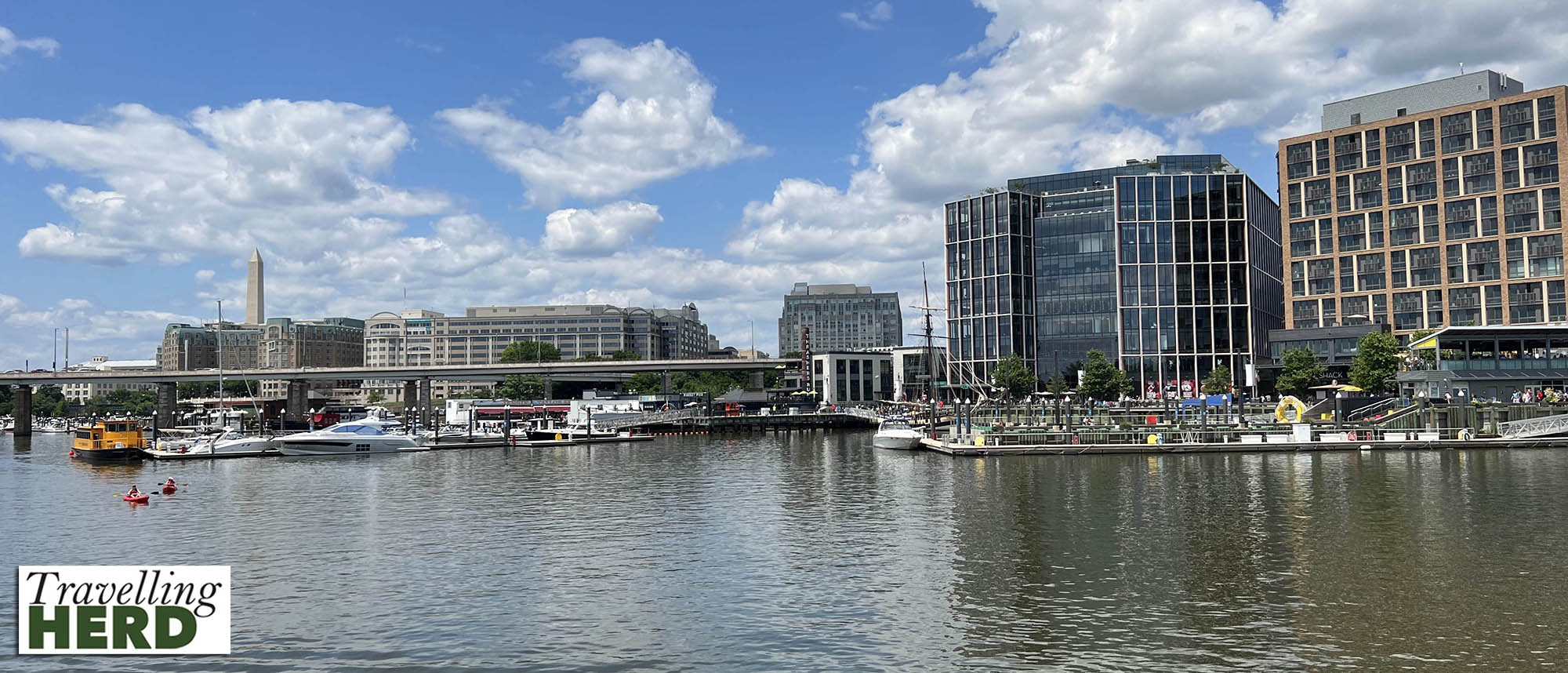
We had been told that The Wharf was an area which has recently been regenerated and was worth a visit.
While we were in the southern states we had seen many places dedicated to African American history and we decided that we would like to visit the National Museum of the American Indian to learn more about the fate of the Native Nations.
After all, this is their land.
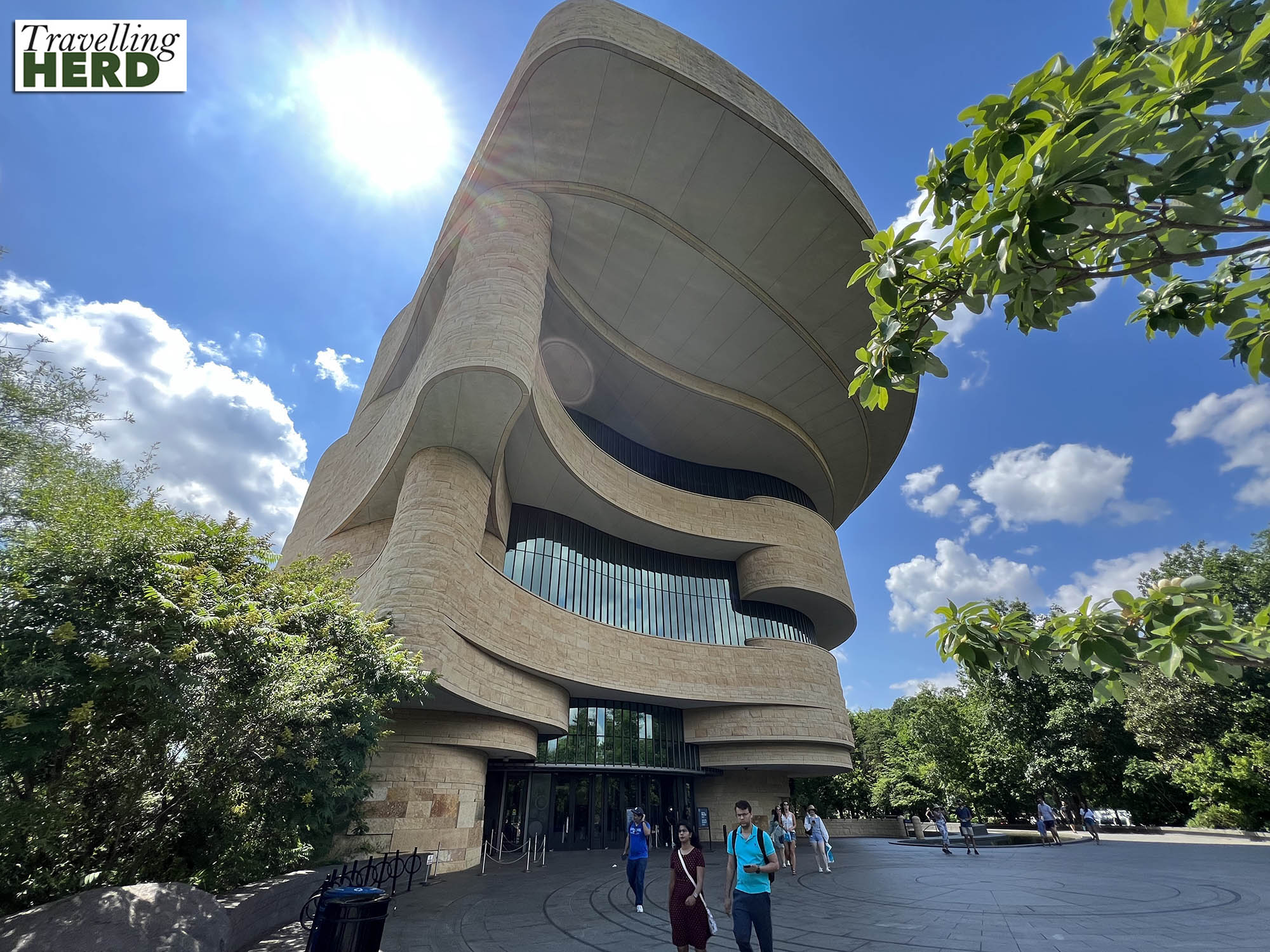
One of the exhibitions in the museum was Nation to Nation: Treaties Between the United States and American Indian Nations. When European settlers first arrived in the New World, the land was owned and used, even if there were no written titles or deeds of possession. Colonies, towns and individuals all bought land from the Native Nations. However, in 1763 George III, with royal arrogance and no understanding of the Native Americans’ structure and hierarchy declared only sovereign governments should negotiate for land. This led to some downright dishonesty in negotiations as settlers sought to agree treaties with people who were in no position to speak for a tribe or group of tribes.
Native Americans fought on both sides of the American Revolutionary War, but the 1776 treaty which the Union and Britain signed to end the conflict, just 13 years later, did not acknowledge any American Indian rights to the land.
The exhibition was focused on certain specific treaties the Native Nations had signed to explain how the relationship with the settlers had developed. Since the displays recognised that the treaties European settlers made with American Indians were ‘often broken, sometimes coerced’ it seems at best, slightly disingenuous, and at worst downright fraudulent to make these the basis of their relationship.
However, the Native Nations have successfully sued to be able to exercise their rights, as agreed in one of these early treaties, to fish for salmon. The dispute is on-going.
Although the American Indian culture is most often seen in state and place names, such as Minnesota and Natchez the image of the Indian chief, complete with headdress has been widely used as a potent marketing image. This is particularly prevalent in armaments: US military helicopters include the Chinook, Apache, Blackhawk and Lakota.

There was also a display of visually striking glass pieces created by Native American artist Preston Singletary.

The policies implemented against the Native Americans were barely disguised genocide.
Ultimately, the United States forcibly removed the Native Nations from their ancestral homes in the east of the country to reservations on land west of the Mississippi. They were forced to walk hundreds of miles in what became known as the Trail of Tears with many dying on the way.

Walking back we passed the Smithsonian, bathed in the light of the setting sun with decorations which had an almost festive feel.
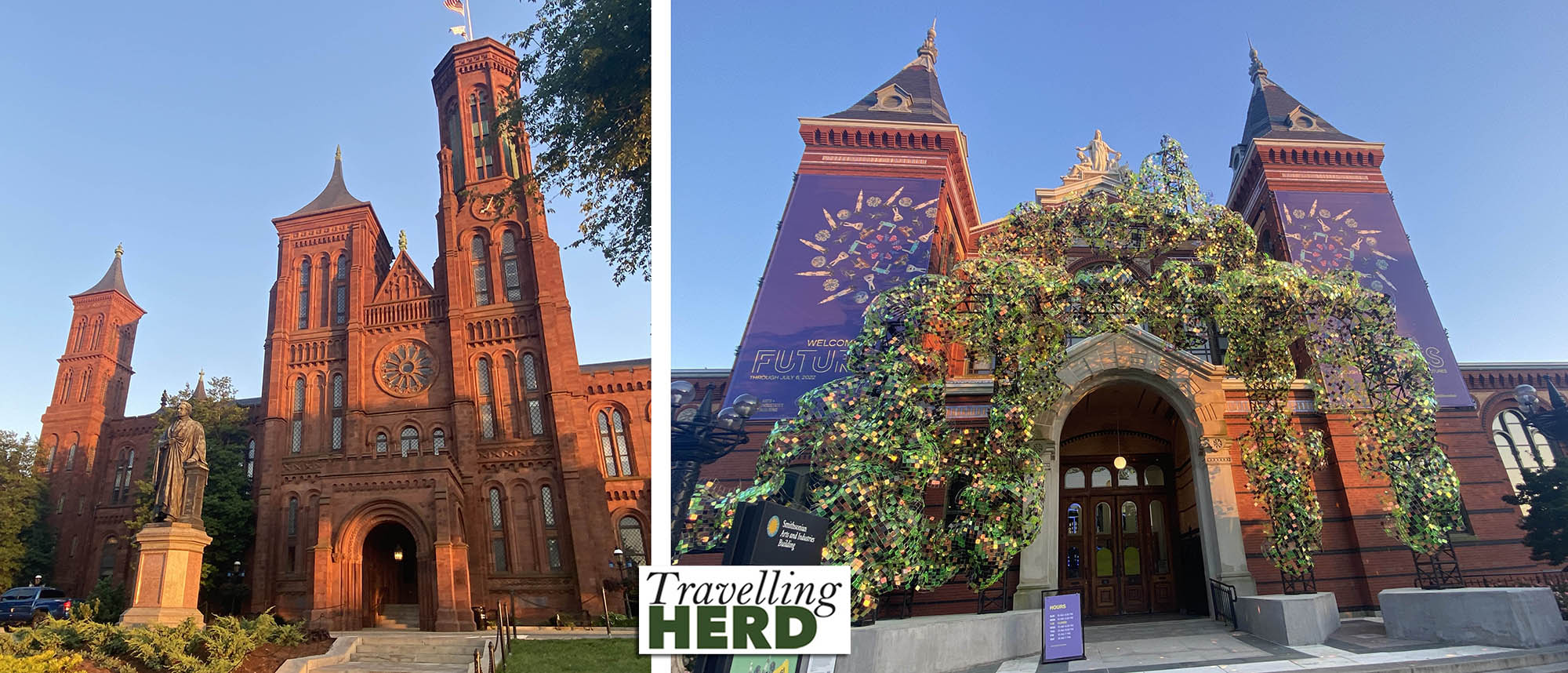
We decided to drop into the Hard Rock Café again on our way past. Phil Collins’ Face Value album has long been a favourite for both Robert and Matilda. We were therefore pleased when it came on in the Hard Rock Café. We were even more amused when one of the members of staff appeared with his outsized drumsticks but sadly not dressed in a gorilla suit.
Video of the day:
Selfie of the day:
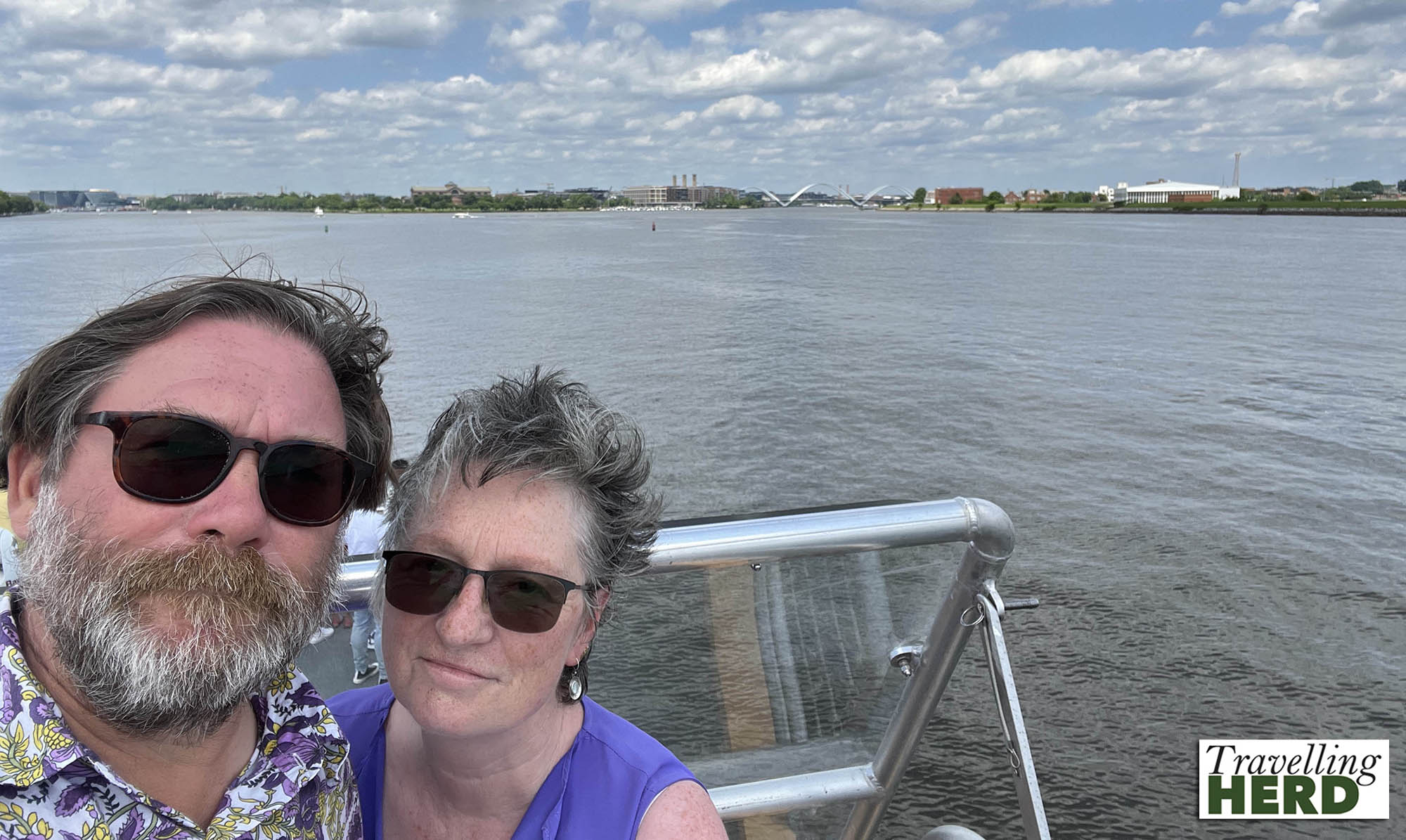
Route Map:
